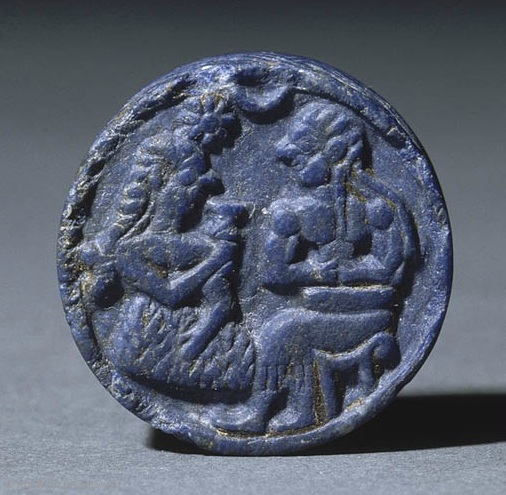A ketubah is a special type of Jewish prenuptial agreement. It is considered an integral part of a traditional Jewish marriage, and outlines the rights and responsibilities of the groom, in relation to the bride. Nevertheless, there is no agreement in modern times as to the monetary worth of the ketubah, and in practice it is never enforced
Wednesday, November 4, 2015
The Tajrish
The Tajrish neighbourhood is located along the northern edge of Tehran. This neighbourhood is one of the oldest parts of Tehran and during the last few decades, has become popular with the wealthy by virtue of the low levels of pollution, in turn created by the area's favorable location along Tehran's northern hills. Tajrish is situated in the Shemiranat County. As of 2006, the neighborhood had 86
Iranian women in Qajar era
Explore the lives of women during the Qajar era (1796-1925) through a wide array of materials from private family holdings and participating institutions. Women’s Worlds in Qajar Iran provides bilingual access to thousands of personal papers, manuscripts, photographs, publications, everyday objects
Tuesday, November 3, 2015
Sepahsalar mosque
Sepahsalar mosque is one of the first and largest mosques in Tehran. The mosque and school of the same name next to the Parliament building, the National Assembly of the Parliament in Tehran is located
Monday, November 2, 2015
Iskander is Watching the Siren
Miniatures, Gouache, 17.6x14 cm Origin: Iran, 1541 Album: The Khamsa by Nizami Personage: Alexander the Great Source of entry: purchased from V.R. Gardin, 1945 Theme: Literature
Schoolgirls without Hijab
Many of Antoin’s photographs were taken from 1870-1930. Because Sevruguin spoke Persian as well as other languages, he was capable of communicating to different social strata and tribes from his country Iran. His photos of the royal court, harems, and mosques and other religious monuments were compared to the other Western photographers in Persia.
Sunday, November 1, 2015
Token with gallant scene representation
Presumably object of adornment, even though its true destination is still unknown, this small token precious lapis lazuli takes the form of a thick disk, drilled laterally, and bears a relief carved decoration on both sides. The edge is decorated with two twists to three threads, the ends of the perforation, where there are still the remains of a rod or a corroded copper wire.
Subscribe to:
Posts (Atom)




